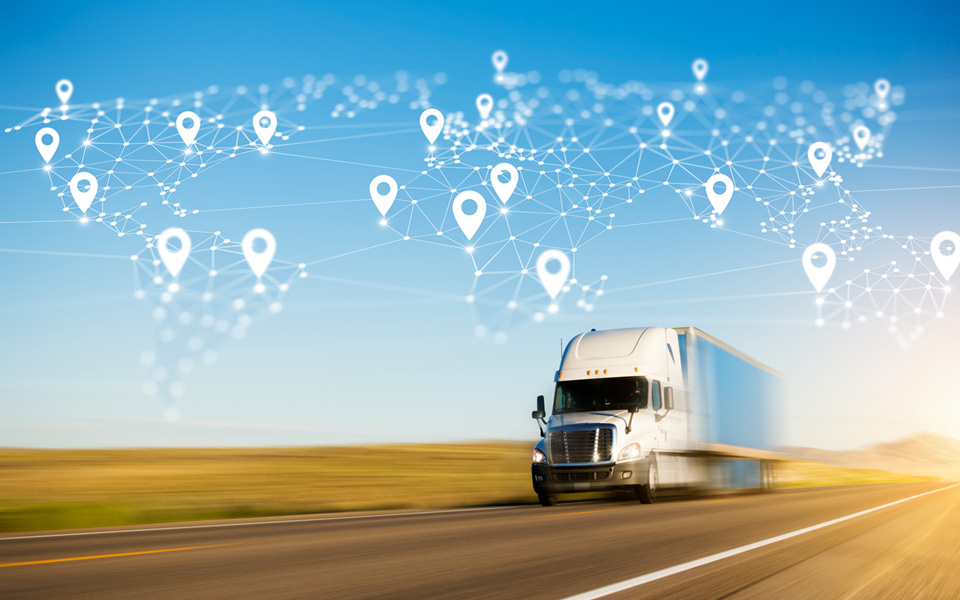*On June 1, 2023 Emerson’s Climate Technologies business became a new standalone company – Copeland. Though our name has changed, we are building on more than a century of HVACR innovation and industry leadership, and Copeland continues to offer the same products, industry stewardship, and learning opportunities you’ve grown to trust. Information found on this webpage posted before June 1, 2023 may contain our old name or branding, but you can be at ease knowing it was created with the knowledge and expertise of Copeland.
This blog is based on our most recent E360 webinar, “Top Retailer Trends for Refrigeration, Controls and Facility Optimization.”

We recently hosted an E360 webinar discussing electronic control architectures within the context of trends in refrigeration and system design.
Before we begin, it’s useful for readers to have a basic understanding of “centralized” vs. “distributed” control architectures. In a centralized schema, the refrigeration rack and electrical control panels are typically located in a store’s mechanical room, perhaps on the roof or somewhere near the back. “Home run” sensors are placed in the cases and send temperature information back to the control area. All decisions are made from that centralized control panel.
In a distributed system, refrigeration rack controls are still in the mechanical room, but case controls are now moved to each case via a complete electronic package. In this scenario, sensors are connected directly to the electronics in the cases, and simply communicate back to the rack controls or an electronic management system.
The primary factors that influence the control architecture decision include size of the store and choice in the refrigerant architecture. Generally speaking, the smaller the store, the more distributed the architecture. Low-GWP (global warming potential) refrigerants also drive control architectures toward a more distributed approach. CO2 transcritical has higher pressures and controls are required for the coordination of low- and medium-temperature compressors. R-290 is flammable and thus has a much lower refrigerant charge; therefore, compression and controls are typically housed together in a self-contained unit. Either way, the control scheme utilizes a more distributed approach.
From stand-alone to ‘islands of control’ to the internet of things (IoT)
To envision where I think we’re headed trend-wise, it’s useful to know how we’ve evolved. Years ago, mechanical systems all had their own types of controls and were completely independent, or stand-alone. Over time, integration occurred. Stand-alone systems were tied together into what might be thought of as “islands of control”, which can include:
-
- Refrigeration
- HVAC
- Lighting
- Energy
- Other mechanical functions
The sharing of information allowed for better control and efficiencies.
Then came the emergence of a “supervisory function”— a modern building automation system (BAS), where the islands are tied together to control a broad range of equipment and enable integrated optimization across a facility.
While these site-level supervisory controls are critical to efficient operations, connectivity across the enterprise is the next evolutionary step and crucial for future success. By utilizing BAS across multiple locations, businesses can tie into IoT platforms to collect enterprise-wide data, providing greater operational visibility and opening up opportunities for benchmarking. Managing across the enterprise, retailers can answer strategic questions such as:
-
- Which sites are performing well, and which aren’t?
- How many alarm incidents are occurring, and where?
- Why is Store 17 performing differently than Store 12 when all site attributes are identical?
- What additional efficiencies can be implemented?
Planning for the next wave of “smarter” buildings requires increased flexibility and advanced controls that can expand to enable more value in all areas of operations, not the least of which is refrigeration.
In our next blog, we will discuss how a few of the trends we covered in our presentations impact store design and engineering.

8 proven strategies for rigorous cold chain management
Preparing for the approval and safe use of A2Ls in commercial refrigeration applications...
Protection for high-value shipments just got even better
We’re excited to announce the release of Copeland’s newest real-time tracker, the GO Real-Time...

Three proven strategies to prevent cargo theft
The over-the-road (OTR) transport industry is experiencing a surge in cargo thefts. As thieves...
